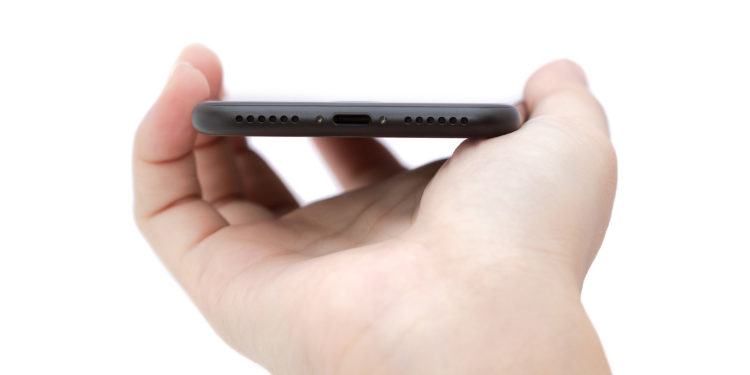The European Commission will soon present a legislative proposal that could introduce standardization of mobile device chargers and connectors in the EU and potentially force Apple to abandon Lightning for USB-C.
European lawmakers have been pushing for a uniform charging standard for some time, despite protests from Apple and other technology companies. Now reported Reuters said a legislative proposal to introduce a common charging standard in Europe could be presented as early as Thursday, September 23. EU lawmakers claim that a unified charging port would be more convenient for consumers and more environmentally friendly.
Will USB-C win the race?
Apple has opposed mandatory charging standards, claiming they would slow innovation, anger consumers and create unnecessary electronic waste. It is not clear what type of connector the EU would mandate, with USB-C being the most likely - but confirmation remains lacking. In 2018, half of chargers sold with mobile phones had a USB micro connector, while 29 percent had a USB-C connector, and the number is rising. At the time, 21 percent had Apple's own Lightning format. But that share has also increased over time. Although Apple already equips some devices with USB-C ports, Lightning remains the standard on iPhone devices. What's next?
Apple iPhone: Is a transition from Lightning to USB-C to be expected?
It's almost impossible that Apple will ever switch the iPhone to USB-C. Why? There have been rumors for several years that Apple is working on a portless iPhone that could be released in the next two years. This device will therefore rely on wireless charging. Unfortunately, you wouldn't be able to use it while charging, right? In addition, Qi charging can only be carried out at 7.5W. But there is now a solution to both problems - MagSafe.
MagSafe will play a bigger role in the future
The assumption that Apple will move from the Lightning port directly to a portless device was reinforced in the fall of 2020 when Apple introduced the iPhone 12 and the updated MagSafe charging technology. The MagSafe charging cable not only allows faster charging (15W) - on a magnetic basis - but also solves the problem of being able to use a device at the same time when it is charged portlessly. After all, the magnetic charging puck is connected to a cable. This means that MagSafe will most likely play a much bigger role than it does at the moment. By the way, if you actually need a MagSafe charger, you can currently get one for 34 euros instead of 45 euros. buy from Amazon. (Photo by blackzheep / Bigstockphot)





